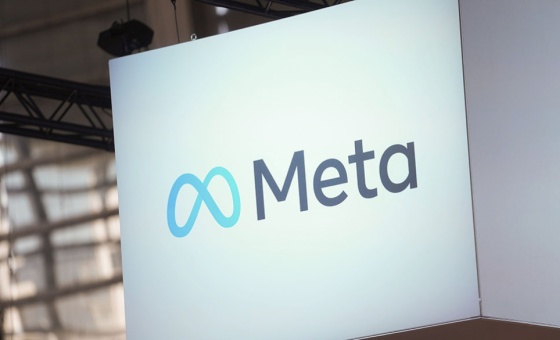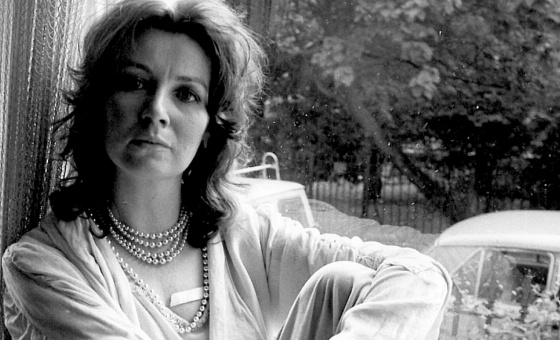This is the last article you can read this month
You can read more article this month
You can read more articles this month
Sorry your limit is up for this month
Reset on:
Please help support the Morning Star by subscribing here
Veryan Weston
Mercury Concert
Gateway to Vienna
Five Shadows
Tessellations For Lutheal Piano
(Emanem Records)
THE free pianism of Veryan Weston has something very special to it. Born in Sussex in 1950, he was named after his piano-playing mother’s Cornish village, renowned for its round houses.
Migrating from Cornwall to London in 1972, he soon fell in with pioneering free jazz spirits at the Little Theatre Club, collaborated in the formation of a band called Stinky Winkles and earned a music fellowship at a college in Digswell, Hertfordshire.
He made his first record with the busking saxophonist Lol Coxhill — the prelude to a life in free improvising jazz in many contexts over 40 years.
A series of albums recorded for the pioneering Emanem label has ensured that Weston’s succession of many diverse musical settings has been waxed, including the prime albums cut with the regular British duo of brilliance, arch-bassist and arch-drummer John Edwards and Mark Sanders.
The first of these is Mercury Concert, an unedited cut of a trio performance at the Mercury Theatre in Colchester in June 1998.
There are three tracks, with the Longer Piece as opener, lasting for almost 36 minutes and as audacious a piece of threesome sonic exploration as you would encounter, with beauty as the harmony of detailed effrontery and crafted courage.
At the basement of all is the remarkable Edwards, whose tireless fingers and perturbing bow are the true tools closest to the earth in which this singular music grows as an undersong to his mates’ starling virtuosity.
At one moment during this marathon of sound his bass resembles an eternally buzzing bee fomenting the wild honey of their unity.
I doubt if this garrison city has ever known the like, before or since.
As for the quicksilver percussion of Sanders, I closed my eyes and through his artistry I thought I heard a child experimenting with a ghostly Meccano set, before Weston’s lonesome, echoing solo notes opened up the sky.
Then towards the end came the pianist’s long rush of sprinted notes, leaving the listener’s ears breathless, yet still eager for the Shorter Piece and Slightly Longer than Shorter Piece.
One of the two CDs of the enigmatically titled double album Gateway to Vienna was recorded in the Gateway Studios, London, in December 2003, the other in Vienna in May 2002.
There are six Gateway excursions which continue to make you marvel at how three men making vibrantly different sounds can achieve such oneness on the same journey — one imagination in three with the touch of Weston on keys and Sanders’s astonishing agility on drums seemingly to be stemming from the same hands. As the trio rise to a crescendo on Gateway 2, the empathy is boiling.
As for the two lengthy Vienna tracks (35 and 39 minutes), they have the tingling atmospheries of a live concert audience with Sanders in particular superbly recorded, his every sound and percussive flicker entering the ears like fire.
The album Five Shadows introduces Weston with a horn partner, the San Francisco-born alto saxophonist Caroline Kraabel, used to organising and playing with the 20-piece all-women saxophone orchestra, Mass Producers.
Between December 1999 and May 2000 the duo explored different acoustic settings in England, from Colchester again in the Arts Centre, to Liverpool, St Mary’s church in Cheltenham to The Standard pub in Walthamstow, east London, usually a rock venue.
It’s a very different sound from the fullness of the trio, a music full of pause, space, transcendant rises and sudden halts in Colchester, deep-throated birdsong and galloping keys in Liverpool, the scintillating edge of Kraabel’s reed within the haunted echoes of long-aching pews in Cheltenham and saloon bar flourishes in Walthamstow.
Who would have thought that an English pianist from the free jazz and improvising traditions, accompanied by Jennifer Pike, a silent dancer, would record an album on the only existing Lutheal piano, made by the Belgian Georges Cloeteus in 1918, a working exhibit in Brussels’s.
Museum of Musical Instruments? And after just 51 minutes of trials and a 25-minute rehearsal on the recording day?
Tessellations for Lutheal Piano, the album’s called, and the sometimes harpsichordal timbre of his so rarely borrowed instrument and the sheer inventiveness of Weston’s musical brain create a unique and timeless amalgam which unifies a whole miscellany of sonic traditions — Celtic, African, the Americas and European, within and without the rubric of jazz.





